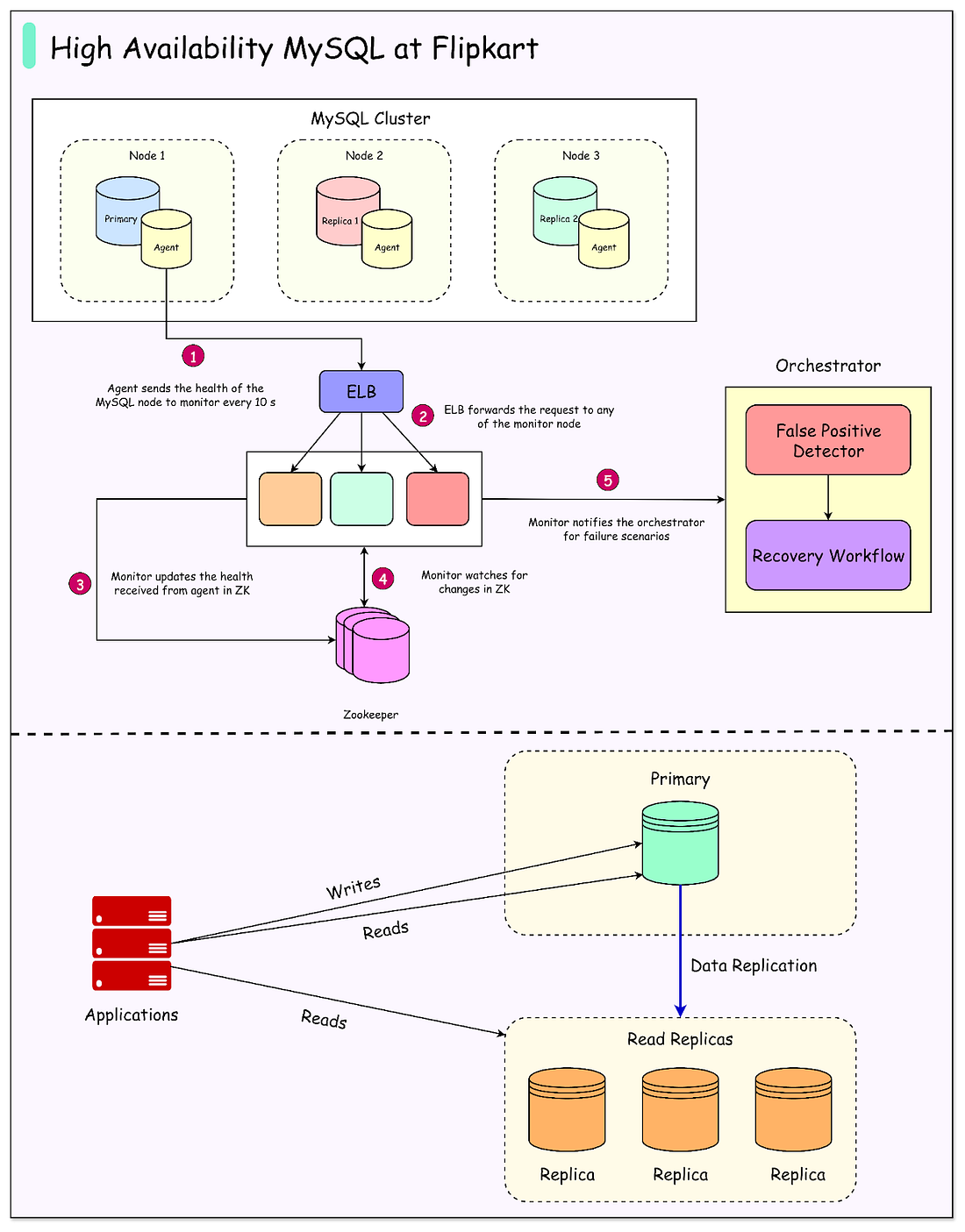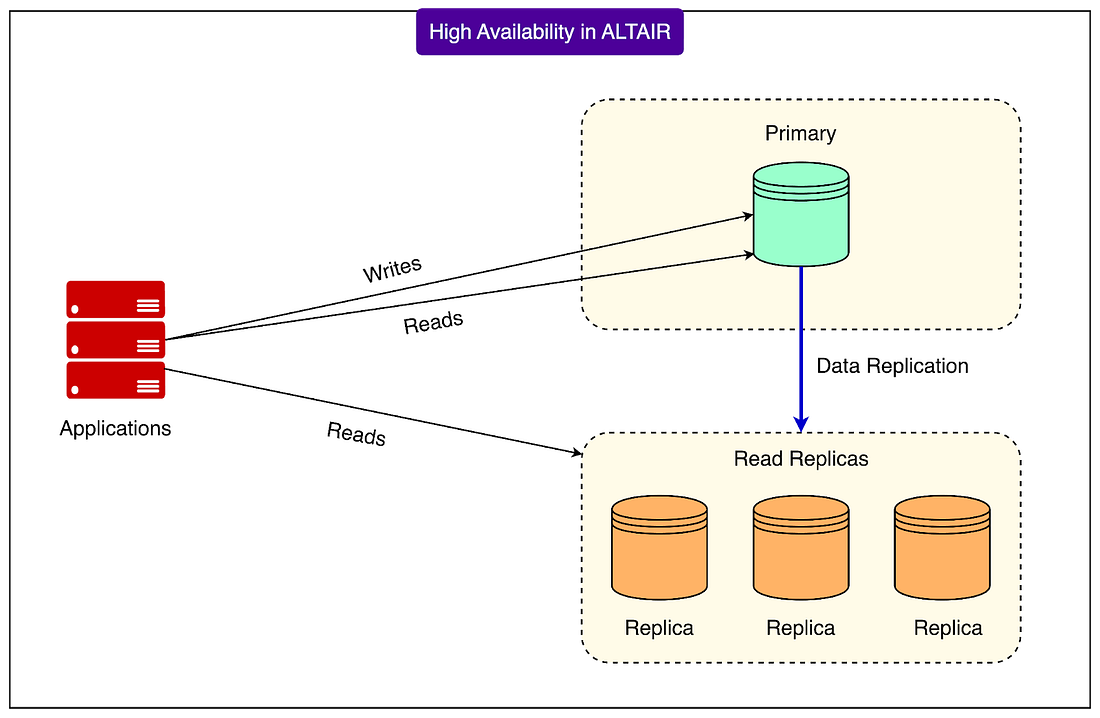|
Rust rewrites, trends, and what’s next for Rust at P99 CONF (free + virtual) (Sponsored)
P99 CONF is the technical conference for anyone who obsesses over high-performance, low-latency applications. Naturally, Rust is a core topic.
How is Rust being applied to solve today’s low latency challenges – and where it could be heading next? That’s what experts from Clickhouse, Prime Video, Neon, Datadog, and more will be exploring
Join 20K of your peers for an unprecedented opportunity to learn from engineers at Pinterest, Gemini, Arm, Rivian and VW Group Technology, Meta, Wayfair, Disney, Uber, NVIDIA, and more – for free, from anywhere.
Bonus: Registrants can win 500 free swag packs and get 30-day access to the complete O’Reilly library.
Disclaimer: The details in this post have been derived from the official documentation shared online by the Flipkart Engineering Team. All credit for the technical details goes to the Flipkart Engineering Team. The links to the original articles and sources are present in the references section at the end of the post. We’ve attempted to analyze the details and provide our input about them. If you find any inaccuracies or omissions, please leave a comment, and we will do our best to fix them.
Flipkart is one of India’s largest e-commerce platforms with over 500 million users and 150-200 million daily users. It handles extreme surges in traffic during events like its Big Billion Days sale. To keep the business running smoothly, the company relies on thousands of microservices that cover every part of its operations, from order management to logistics and supply chain systems.
Among these systems, the most critical transactional domains depend on MySQL because it provides the durability and ACID guarantees that e-commerce workloads demand. However, managing MySQL at Flipkart’s scale presented serious challenges. Each engineering team often operated its own database clusters, resulting in uneven practices, duplicated effort, and a high operational burden. This complexity was most visible during peak shopping periods, when even small inefficiencies could cascade into major disruptions.
To solve this, the Flipkart engineering team built Altair, an internally managed service designed to offer MySQL with high availability (HA) as a standard feature.
Altair’s purpose is to ensure that the company’s most important databases remain consistently available for writes, while also reducing the manual work required by teams to keep them healthy. In practice, this means that Flipkart engineers can focus more on building services while relying on Altair to handle the heavy lifting of database failover, recovery, and availability management.
In this article, we will look at how Altair works under the hood, the technical decisions Flipkart made to balance availability and consistency, and the engineering trade-offs that come with running relational databases at a massive scale.
Help us Make ByteByteGo Newsletter Better
TL:DR: Take this 2-minute survey so I can learn more about who you are,. what you do, and how I can improve ByteByteGo
High Availability Model at Flipkart
Flipkart’s Altair system uses a primary–replica setup to keep MySQL highly available.
In this model, there is always one primary database that accepts all the writes. This primary may also handle some reads. Alongside it are one or more replicas. These replicas continuously copy data from the primary in an asynchronous manner, which means there can be a small delay before changes appear on them. Replicas usually handle most of the read traffic, while the primary focuses on writes.
The main goal of this setup is simple: if the primary fails, the system should quickly promote a healthy replica to take its place as the new primary. This ensures that write operations remain available with minimal disruption.
Flipkart’s availability target for Altair is very high, close to what is known as “five nines.” That means the system is expected to stay up and running more than 99.999 percent of the time. Of course, no complex system can ever promise perfect uptime, but the goal is to keep downtime as close to zero as possible.
To make failover reliable, the Flipkart engineering team considered several important factors:
Data-loss tolerance: Making sure as little data as possible is lost during failover.
Fault detection reliability: Ensuring the system can accurately tell when the primary has truly failed.
Failover workflow strength: Designing a robust process to handle the switch without errors.
Network partition handling: Making the system resilient when parts of the network cannot talk to each other.
Fencing the old primary: Preventing the failed primary from accidentally accepting new writes.
Split-brain prevention: Avoiding a situation where two nodes think they are the primary at the same time.
Automation: Reducing the need for human intervention, so failover can happen quickly and consistently.
By combining these elements, Altair is designed to keep MySQL highly available even under failure conditions.
End-to-End Failure Workflow
When a primary database fails, Altair follows a well-defined sequence of steps to recover and make sure applications can continue writing data. This process is called a failover workflo


